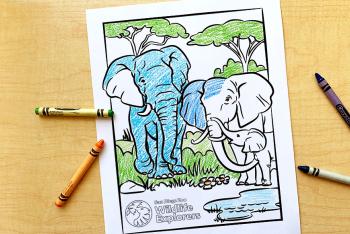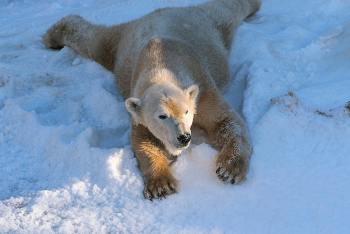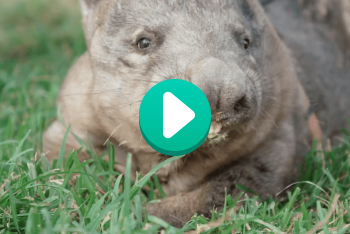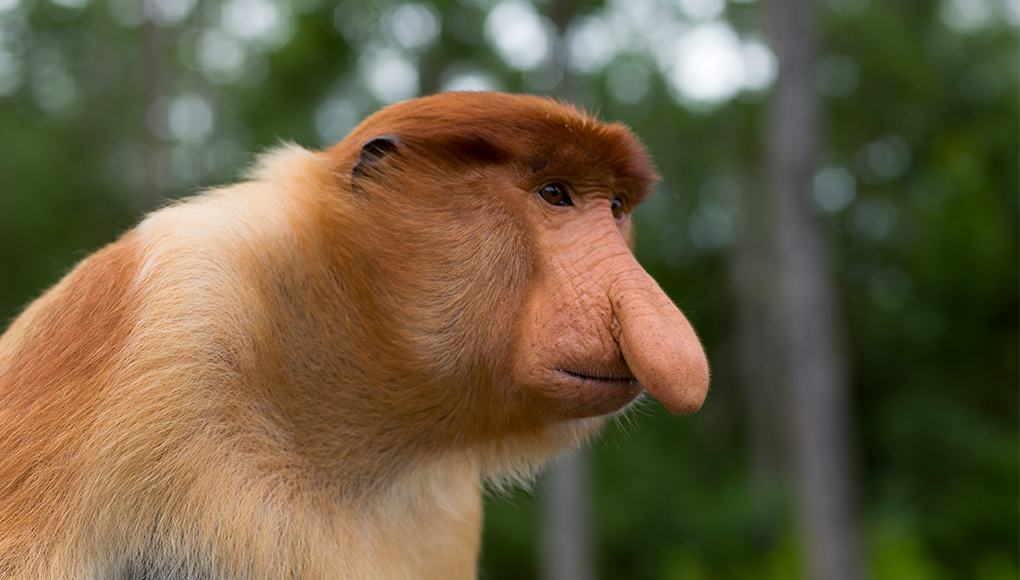
Noses know!
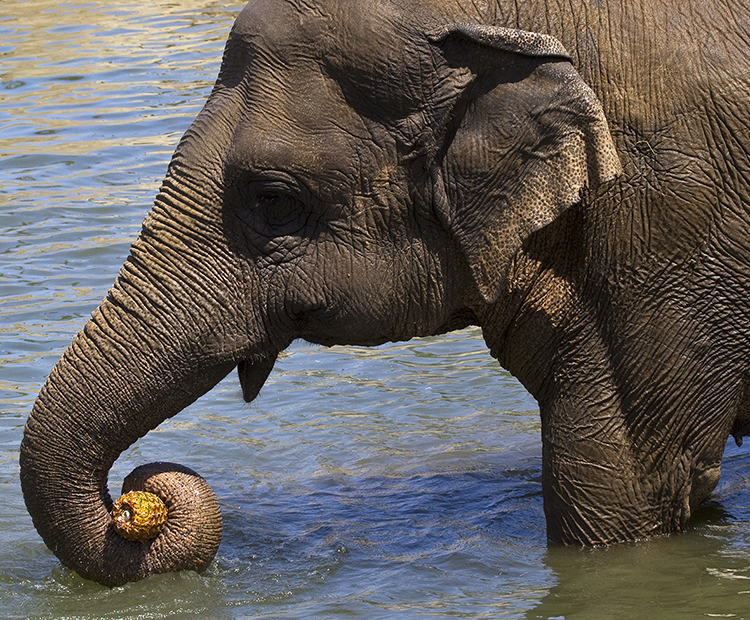
When you want to sniff a flower, what do you use? You know—your nose! We gather a lot of information with our noses, and so do animals. And animal noses sometimes can do a lot more! The elephant's trunk, for example, works as both an upper lip and a nose. And that long trunk has more than 40,000 muscles in it! Can you flex your nose? An elephant can!
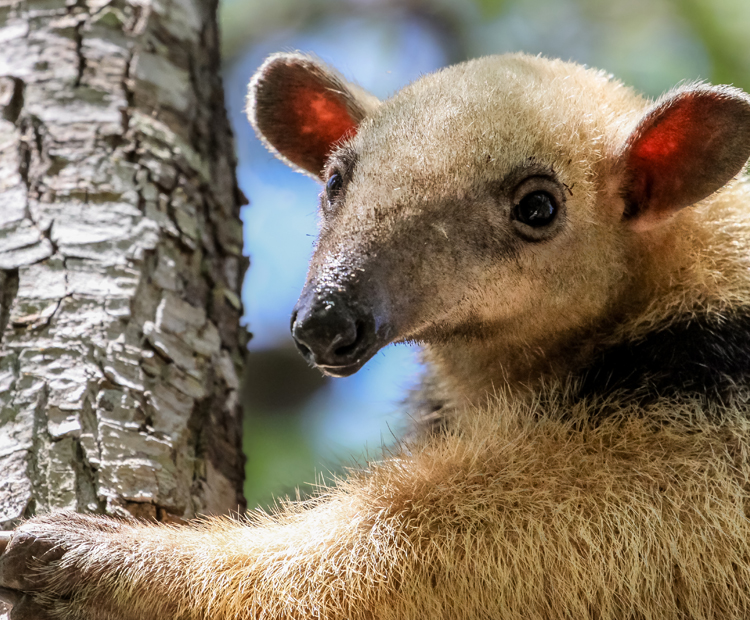
Amazing anteaters
Many people have really sensitive noses—but try telling that to a giant anteater! A giant anteater's sense of smell is 40 times more powerful than ours. The giant anteater's smaller relative, the lesser anteater, also known as a tamandua, also has a power sense of smell—and a 16-inch-long tongue, which is perfect for getting into tight places for food, like an anthill.
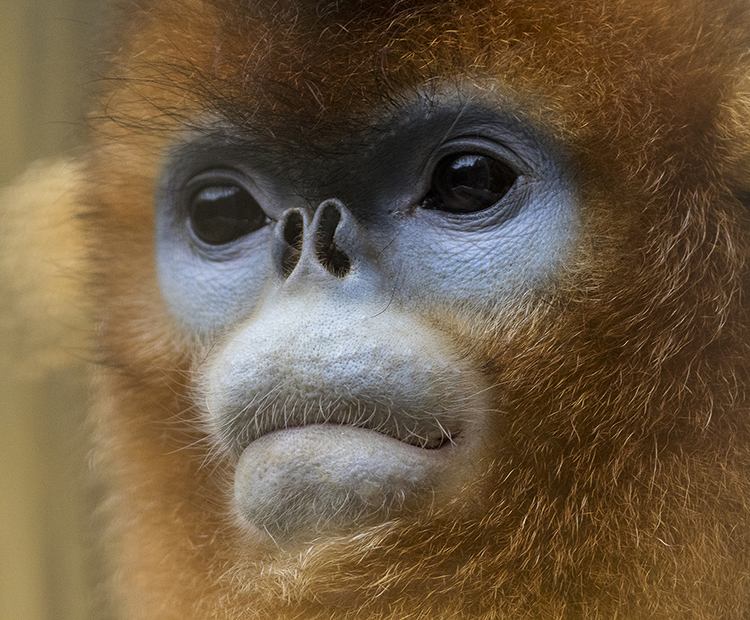
Monkeying around
Sometimes a nose can tell you a little about where an animal originated. If you look at the golden monkey, you can see by its small, curved nostrils that it is an Old World monkey, which are found in Asia and Africa. New World monkeys, which come from Mexico, South America, and Central America, have round nostrils set far apart.

Snake sense
Some animals even use their other parts as noses. Did you know when a snake flicks its tongue, it is gathering scent particles from the air and bringing them to a special organ, called the Jacobson's organ, inside its mouth? It's a little like "tasting" the air to see what's nearby. And often an animal isn't just sniffing for food. Can you think of what else it might be able to get a whiff of? Maybe there's a friend (or foe) nearby! Remember, the nose knows!

